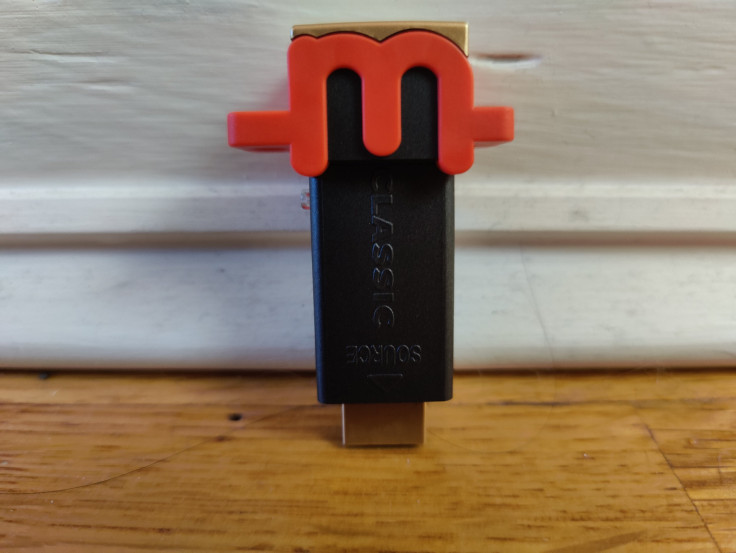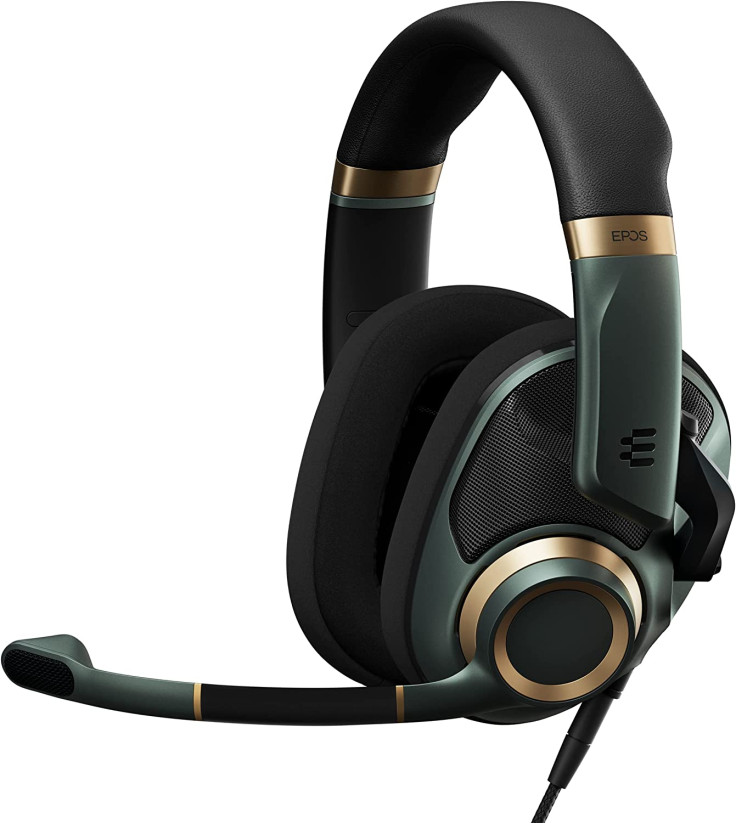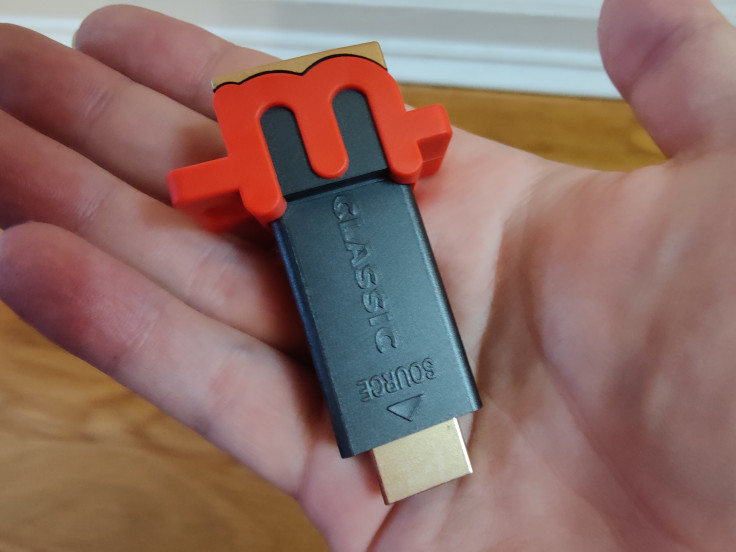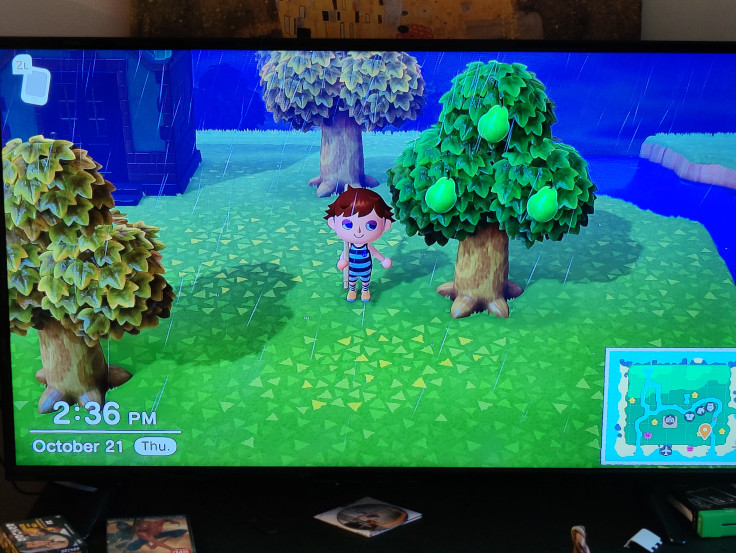Marseille mClassic 1440p/4K Upscaler Review

Who Is The Marseille mClassic 1440p/4K Upscaler For?
- The Marseille mClassic 1440p/4K Upscaler is great for someone who plays an older console or Nintendo Switch and wants gameplay to look as good as possible
- The mClassic is perfect for retro gamers thanks to a setting designed for classic consoles
- The mClassic works with video content as well as games

The much rumored 4K Nintendo Switch Pro console still has yet to be revealed, if it is even real in the first place. While many gamers are bummed that they can't play their favorites in crisp 4K, Marseille has the next best thing. The Marseille mClassic is an upscaler, which is kind of like a graphics card upgrade for consoles. Simply plugging this little guy in will immediately improve graphics performance across all consoles, especially retro consoles.

Switch In 4K?
First off, it should be noted that the Marseille mClassic has some limitations. For example, the upscaler cannot bump video games up to a 4K resolution. At best, the mClassic is capable of increasing video games to 1440p. This is still an improvement for most consoles, including the Switch, Xbox One/One S, PS4 and everything older than those. That said, the mClassic can increase video content up to 4K.
The mClassic has a few other ways to improve a game's image quality beyond increasing resolution. The biggest is the mClassic's anti-aliasing. Aliasing, in terms of graphics, is when an object that should have a smooth, rounded surface looks jagged and a bit pixelated. Anti-aliasing, therefore, smooths out those jagged edges. The mClassic applies its powerful anti-aliasing to all games and video content, which is especially noticeable when playing on older consoles.

Impressively, the mClassic is capable of doing all of this without causing any lag to a console's output. Even when playing the most intensive game, I never noticed any lagging or hiccups that caused a disruption.
Simple Setup
Getting a Marseille mClassic installed takes seconds, regardless of what console is being used with it. The upscaler unit comes with a short HDMI extender, which makes it even easier to get installed, and is crucial if using the mClassic with a Switch dock.
Once HDMI cables are plugged into the mClassic, all that is required is to get the upscaler powered up. This can be done very easily by plugging the included USB cable directly into the console being used. Of course, this only really works with a Switch, PS3/4 or Xbox 360/One. The mClassic can also be plugged into a TV if there is a spare USB port, or can be plugged in with any USB power adapter like a cell phone charger.

Once everything is plugged in, the mClassic is ready to go. The upscaler is insanely easy to use, as it only has three settings. When the light is green, the mClassic is in its standard upscaler mode. When the light is blue, the mClassic is in its retro upscaler mode. If there isn't a light on, it means the mClassic is currently not upscaling anything. What's nice about the mClassic is that even when it is turned off, the console it is attached to can still be used without unplugging anything. This makes the mClassic perfect for plugging into an HDMI splitter or something similar, as its upscaling can be used on multiple devices.
How Well Does It Actually Work?
The mClassic sounds awesome on paper, but how well does it actually work? In short, it's a mixed bag.
First off, people need to be aware of their hardware. When playing on Switch, the mClassic increases the resolution from 1080p to 1440p. If a TV doesn't support 1440p output, this will do nothing and drop the resolution back down to 1080p. Additionally, the right HDMI cables need to be used. The cable included with a Switch isn't capable of handling a 1440p signal, so a different HDMI cable is needed to actually see any improvements.

Second, the mClassic is cool, but it's not a miracle worker. This isn't going to make The Legend of Zelda: Ocarina Of Time look just like Breath of the Wild. It will provide visual improvements, but can only do so much.
With all of that in mind, it's safe to say that the mClassic is best used with older consoles to see the biggest improvements. It takes a discerning eye to be able to tell the difference between 1080p and 1440p, especially when there is a lot of movement and effects. However, it's pretty clear when a 480p signal gets boosted up to something like 1080p.

The anti-aliasing is similar. When smoothing out the edges of an already high quality image, the effects aren't as pronounced. However, when the mClassic is used with older consoles, things look pretty fantastic.
Final Thoughts
While the Marseille mClassic positions itself as a way to play games in higher resolutions, the fact is that the image quality bump is really only a major increase with older games. When I jump between the mClassic being on and off, I really can't tell that much of a difference when playing on something like my Nintendo Switch.
That said, the mClassic is a great idea for those who love older games from the PS2/GameCube era, or even older. The benefits the mClassic offer here are much more pronounced and can make older games feel new again. Is it worth the $100 price tag to play older games in a higher resolution? Well, that's your decision.





















